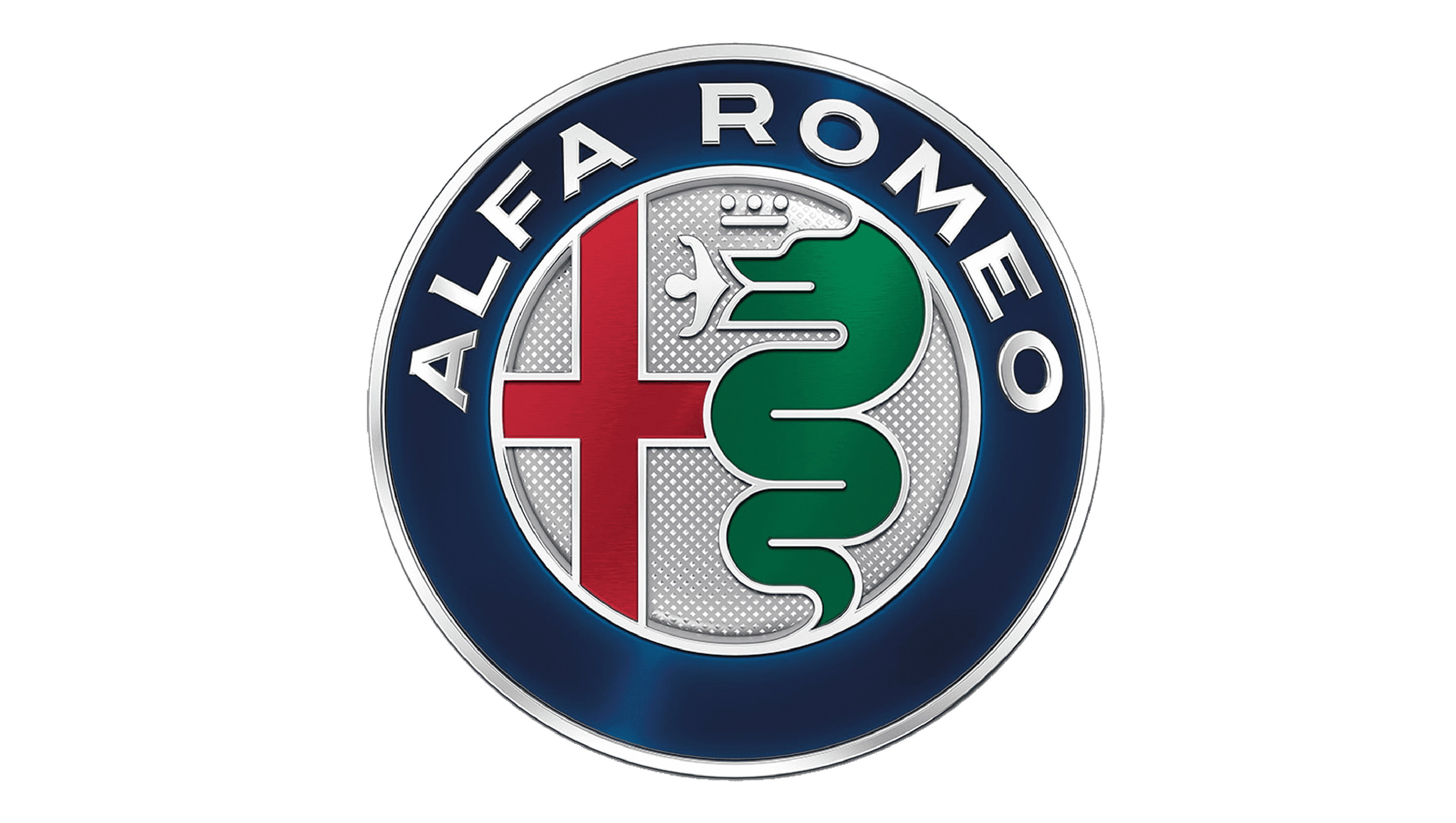1932 Alfa Romeo P3

The descriptions of the Classic Cars in the Directory were partly generated or supplemented with the help of artificial intelligence (AI). The content may occasionally not always be entirely accurate or factually correct despite careful checking.
The Alfa Romeo P3 1932 is a true masterpiece of automotive engineering designed by Vittorio Jano, who was a renowned automobile engineer in the early 20th century. The car was built to compete in the Grand Prix racing circuit, and quickly became a force to be reckoned with on the track.
At its core, the Alfa Romeo P3 1932 is a sublime example of technical expertise and precision engineering. The car is powered by a 2.9-liter, DOHC straight-eight engine that featured two superchargers, producing a maximum output of 215 horsepower at 5,800 rpm. This engine was not only extremely powerful, but also meticulously designed to provide exceptional reliability at high speeds, which was essential for endurance races.
The chassis of the Alfa Romeo P3 1932 is similarly impressive. It was constructed out of tubular steel, which made it extremely lightweight yet incredibly durable. The car featured independent front suspension and a rigid axle suspension in the rear, with hydraulic shock absorbers at each corner, offering a supple and controlled ride over any terrain.
The brakes on the Alfa Romeo P3 1932 were an innovation in their own right. They were hydraulic disc brakes, which were state-of-the-art for their time, providing much better stopping power than the more common drum brakes of the era. This was particularly important for racing, where being able to slow down and maneuver quickly was critical.
The Alfa Romeo P3 1932 was also notable for its aerodynamic design, with a sleek and low-slung body that minimized drag. The car's body was formed from lightweight aluminum, helping to further reduce weight and improve handling on the track.
Overall, the Alfa Romeo P3 1932 was a remarkable achievement in automotive engineering, offering a level of precision and technical sophistication that was unmatched for its time. Today, it remains a symbol of the golden age of racing and a testament to the power of innovation and expertise in the world of automobiles.
Milestones
- Introduction of the Alfa Romeo P3 in 1932. - The P3 was designed by Vittorio Jano. - The car was powered by a supercharged straight-eight engine. - The P3 made its racing debut in the Italian Grand Prix in 1932 but retired due to engine failure. - The car secured its first victory in the Targa Florio in 1932. - Alfa Romeo won the European Championship in 1932 with the P3. - The P3 dominated the 1933 Grand Prix season, winning the French, German, and Italian Grands Prix. - Alfa Romeo won the European Championship again in 1933 with the P3. - In 1934, the P3 finished 1st and 2nd at the Monaco Grand Prix. - The P3 was retired from racing in 1935, but it continued to be used for exhibition races and record attempts.Technical
• Engine: 2.9-liter straight-eight • Power output: 215 horsepower • Top speed: 149 mph (240 km/h) • Transmission: 4-speed manual • Suspension: independent front suspension and live rear axle • Brakes: four-wheel drum brakes • Wheelbase: 102.4 in (2,601 mm) • Weight: 1,763 lb (800 kg) • Dimensions: 156.7 in (3,980 mm) long, 57.5 in (1,460 mm) wide, 41.3 in (1,050 mm) tall • Fuel consumption: 8 to 10 mpg (30 to 35 L/100 km) • Competition history: won the European Grand Prix championship in 1932 and 1935, as well as the Italian Grand Prix in 1932, 1934, and 1935.